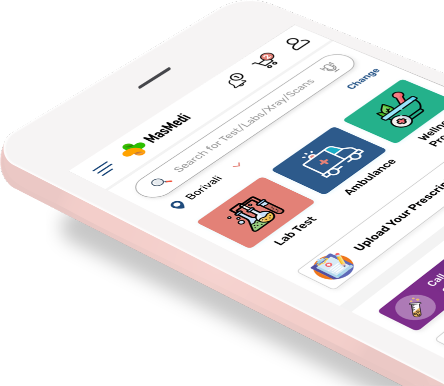Sample Type
Gender
Age Group
Stool
Male/Female
All Age Group
Stool routine test is taken by the doctor when you have stomach problems. A stool analysis is a series of tests done on stool sample to diagnose certain medical conditions that affect the digestive tract. These conditions can be either an infection, poor nutrient absorption in the body or even cancer. The analysis can help in identifying diseases as well as the cause of symptoms affecting the digestive tract, liver and pancreas. This test is also used for screening colon cancer by checking for hidden blood.
best labs
Option Near Youlab comparison
As per your budgetAffordable
Price GuaranteedUNBIASED ADVICE
On LabsSUNDAY LAB
Labs available on SundaysTracking health status made easy with the app. Now available on both Google Play Store and App Store. Book health tests and access your smart reports and health trackers anytime anywhere.
